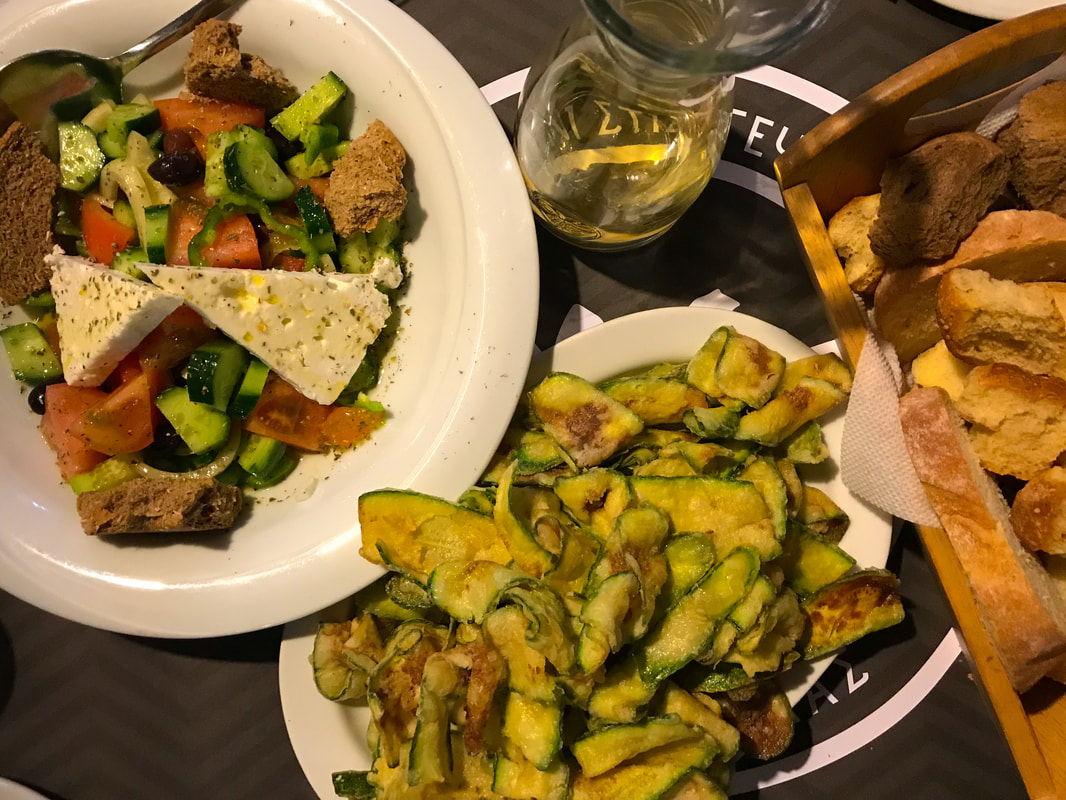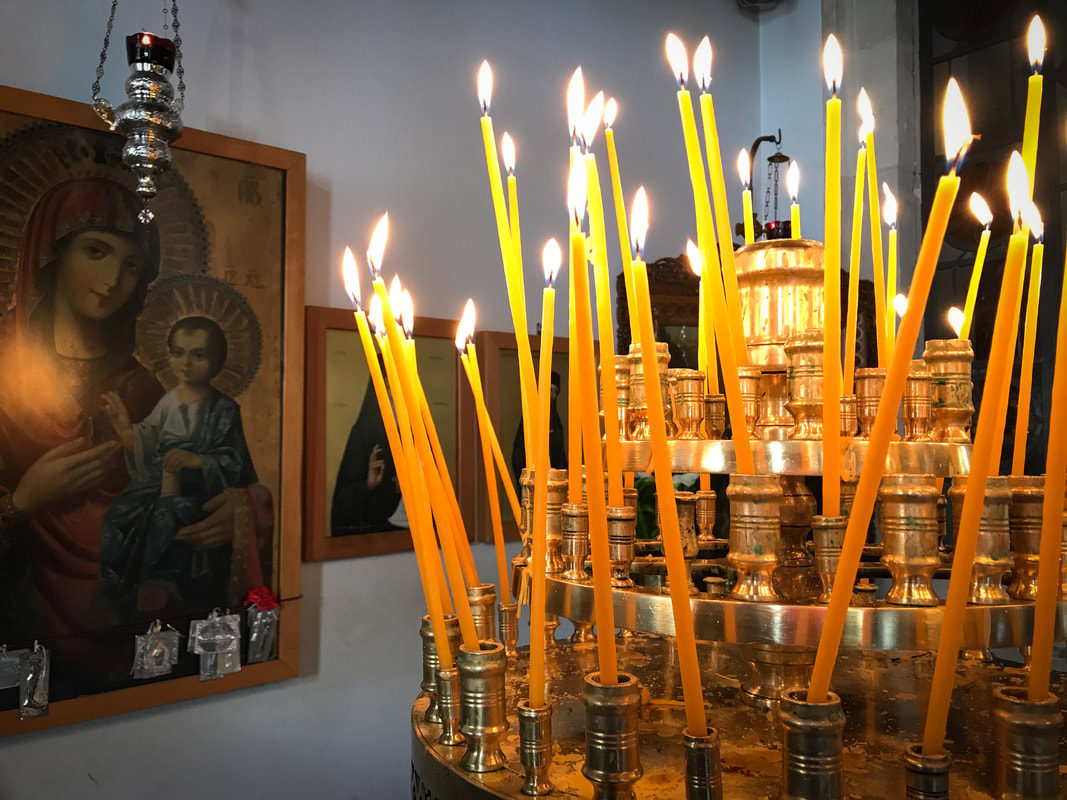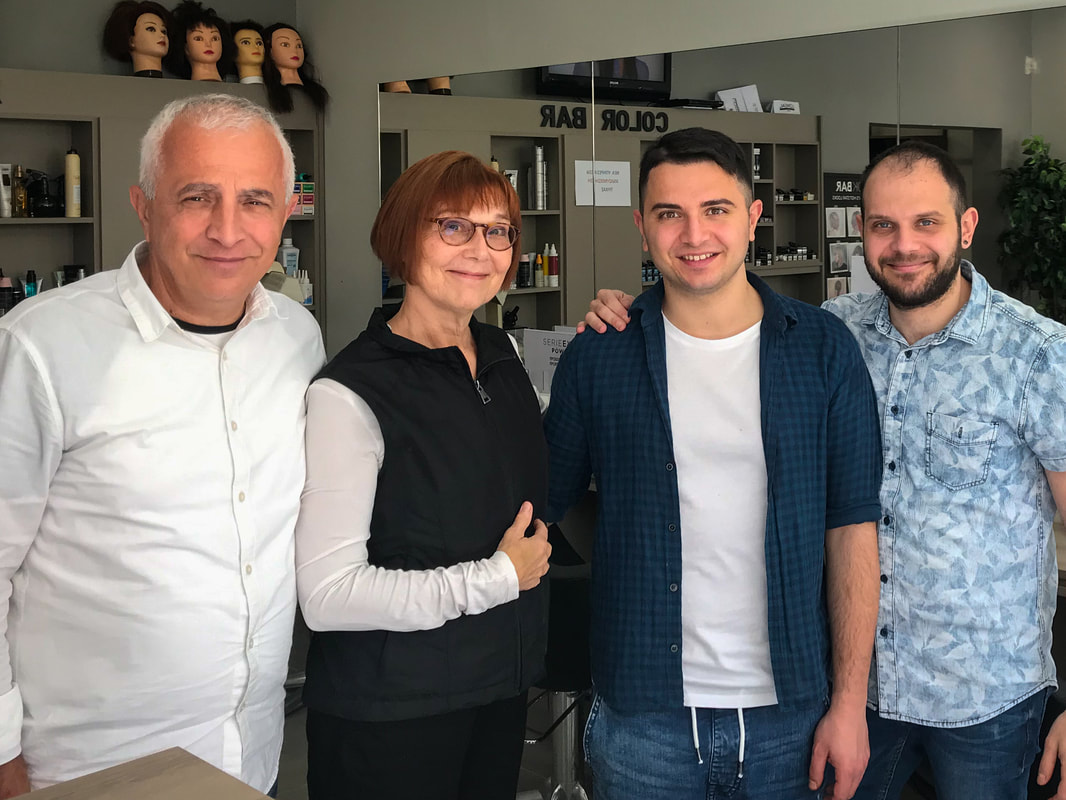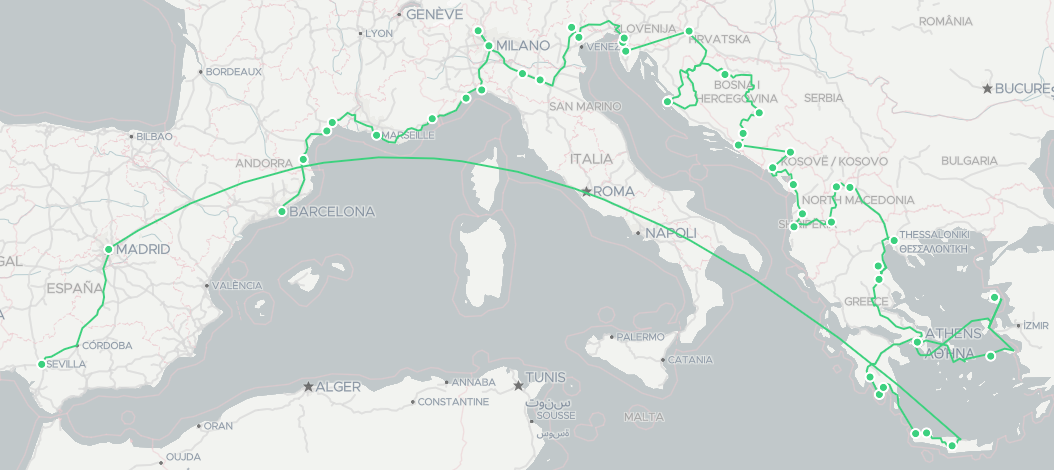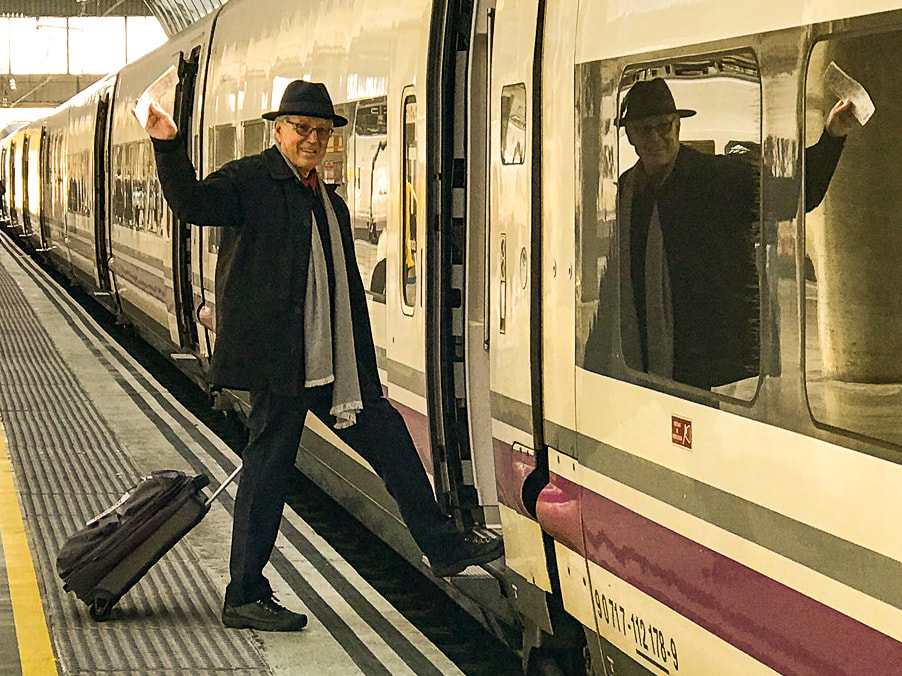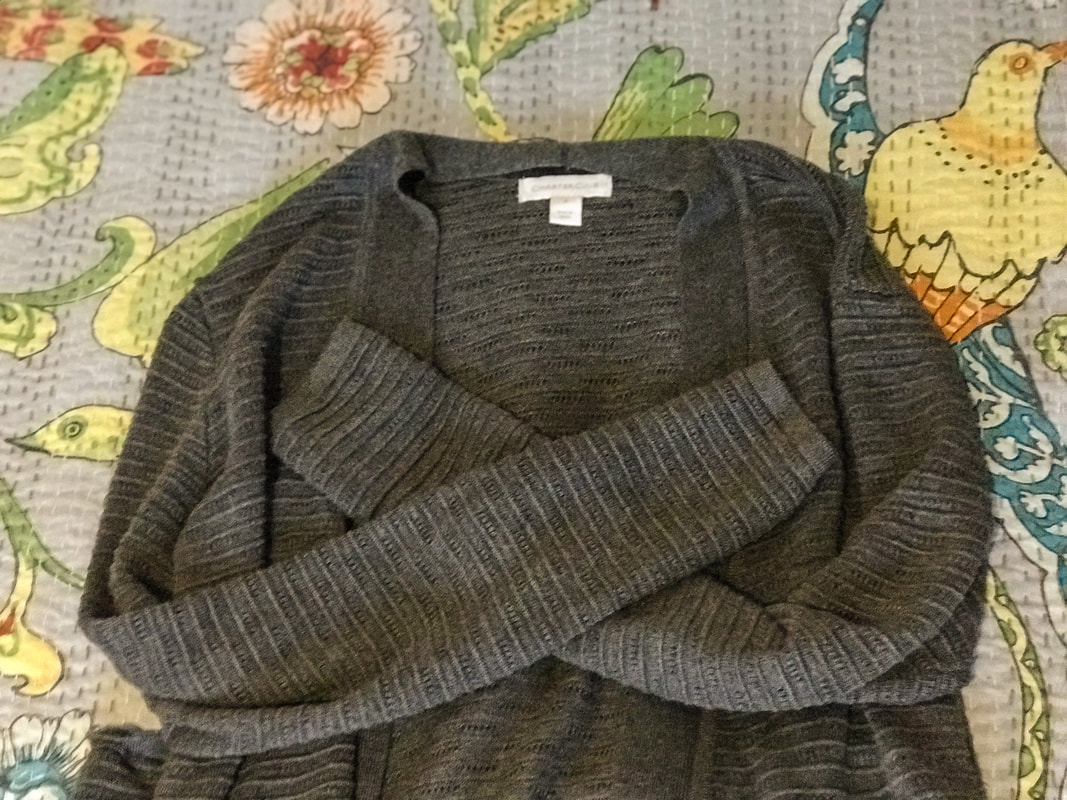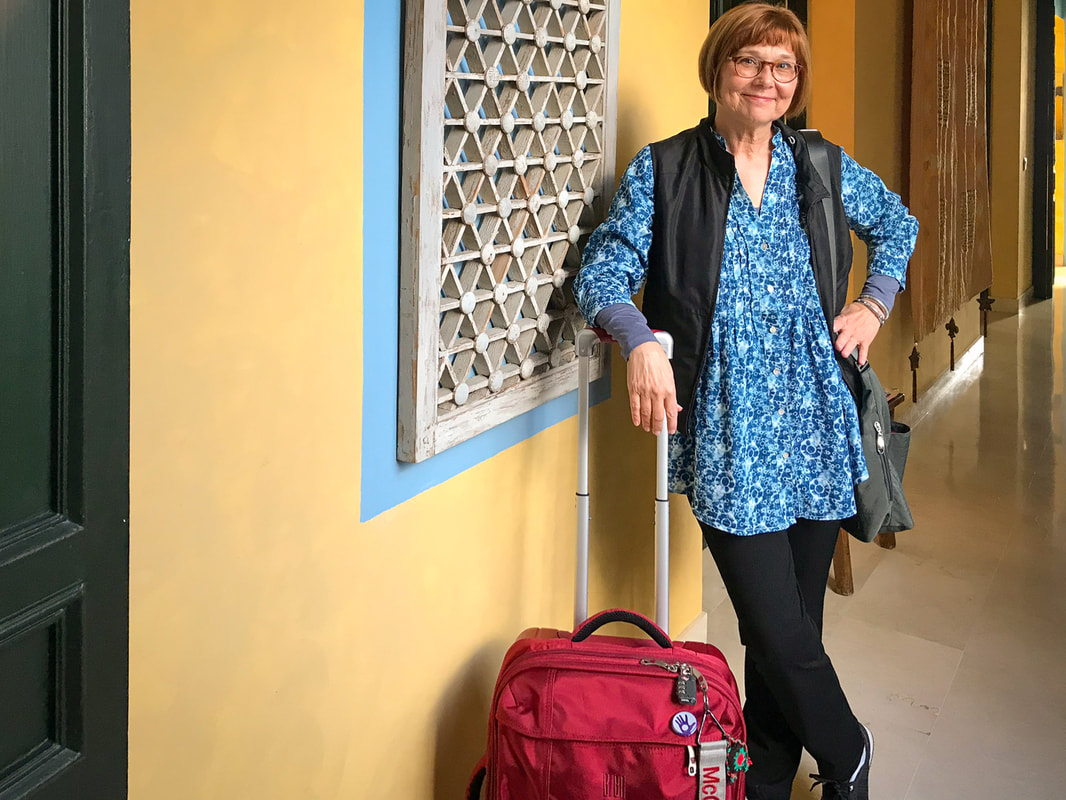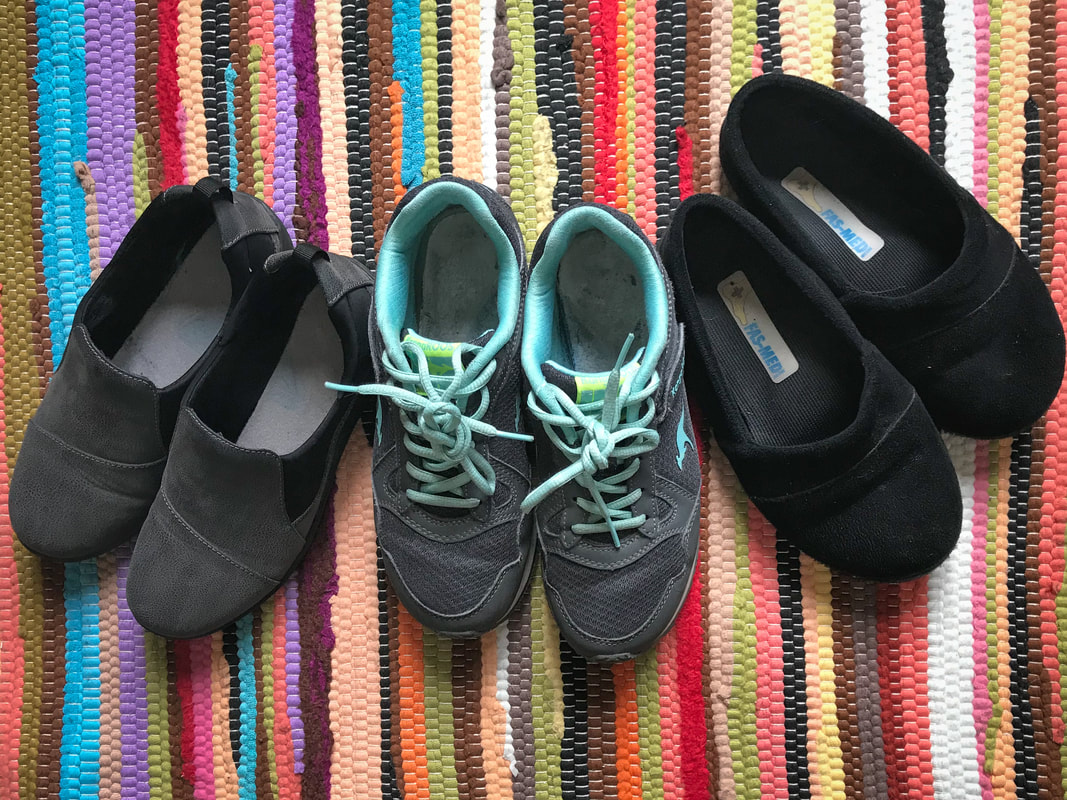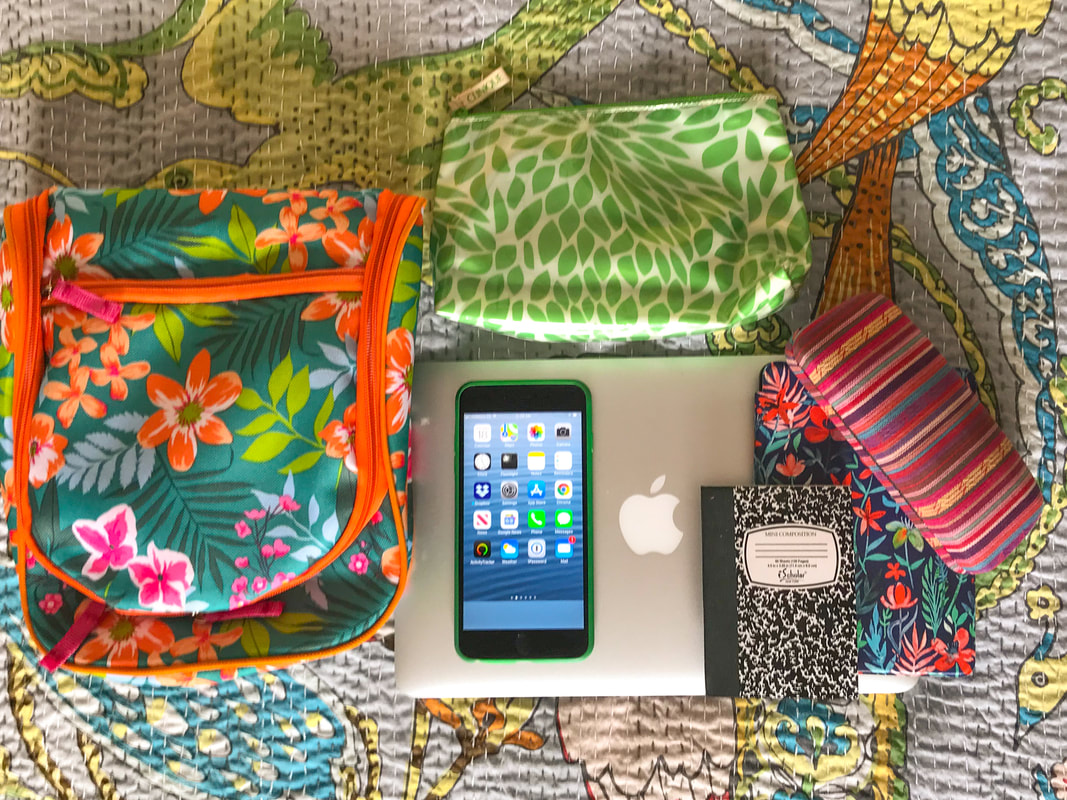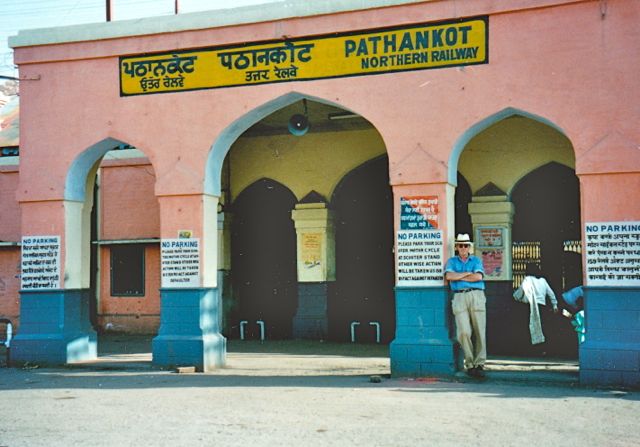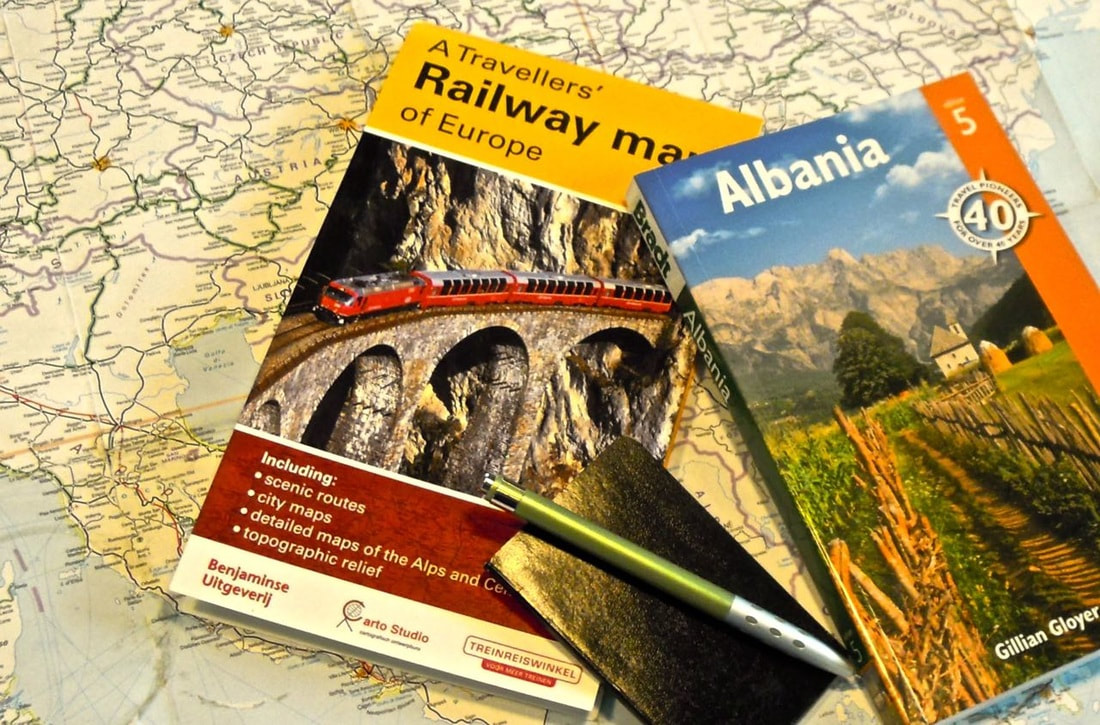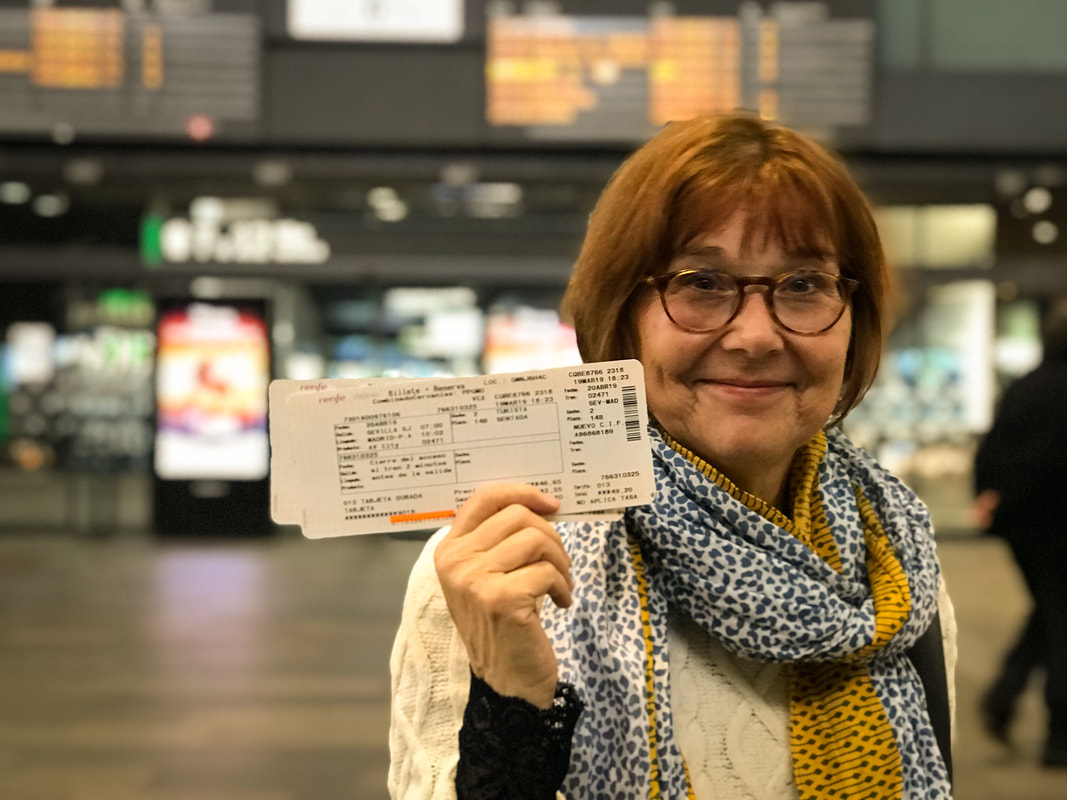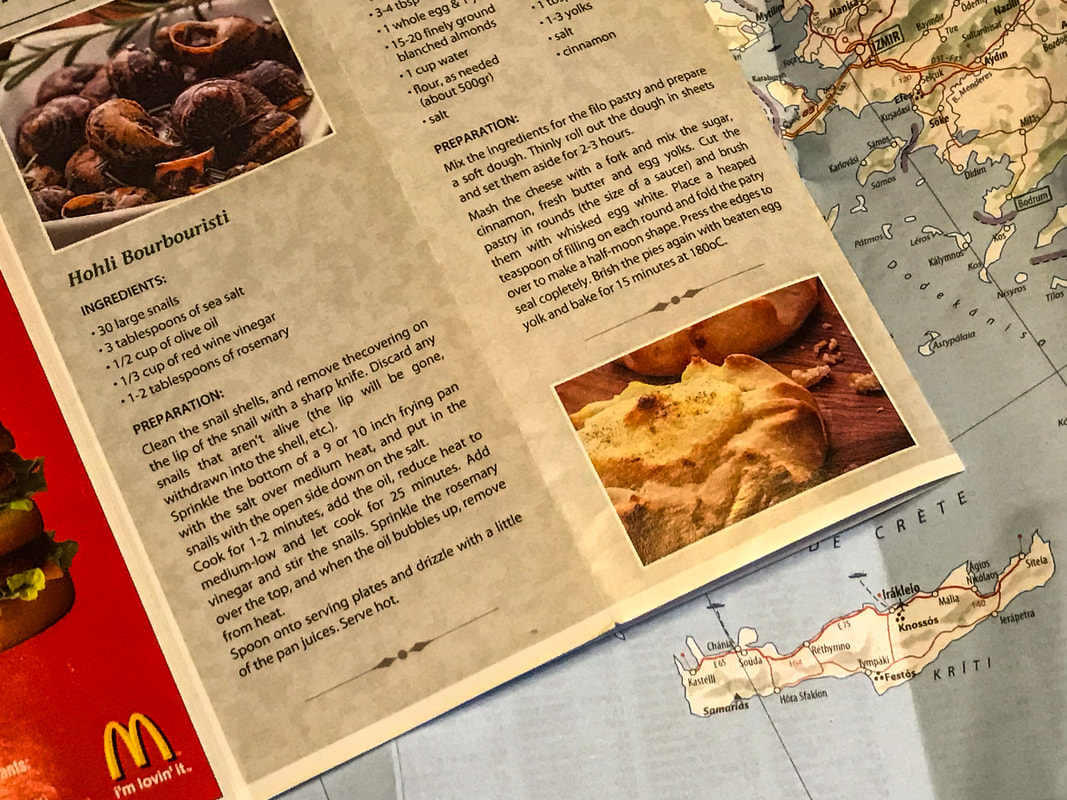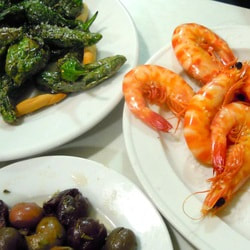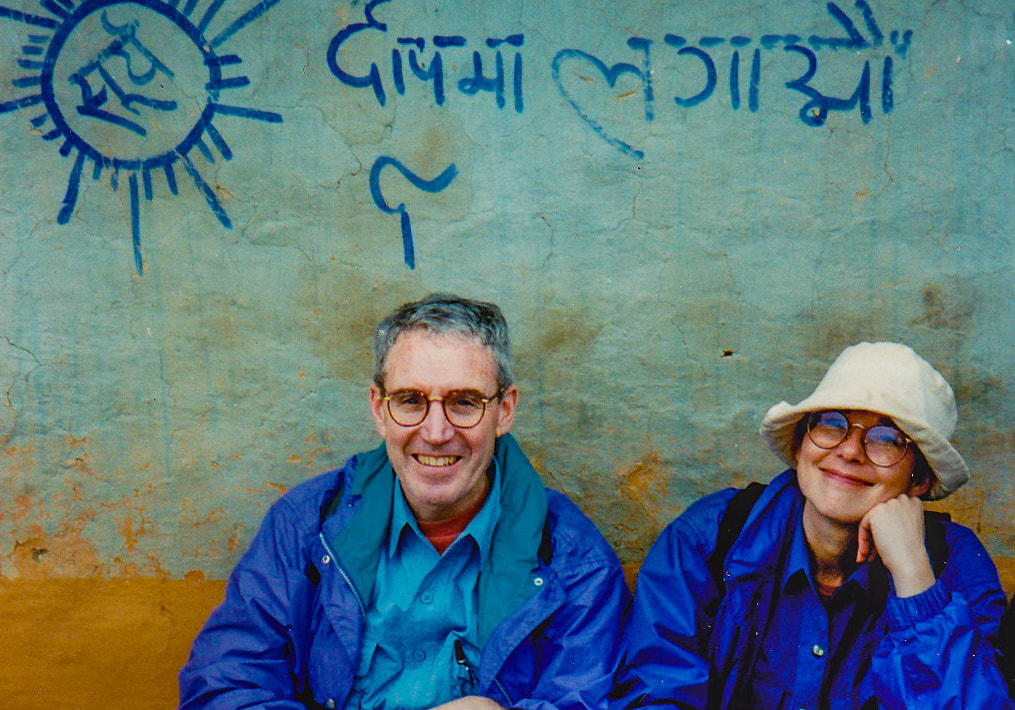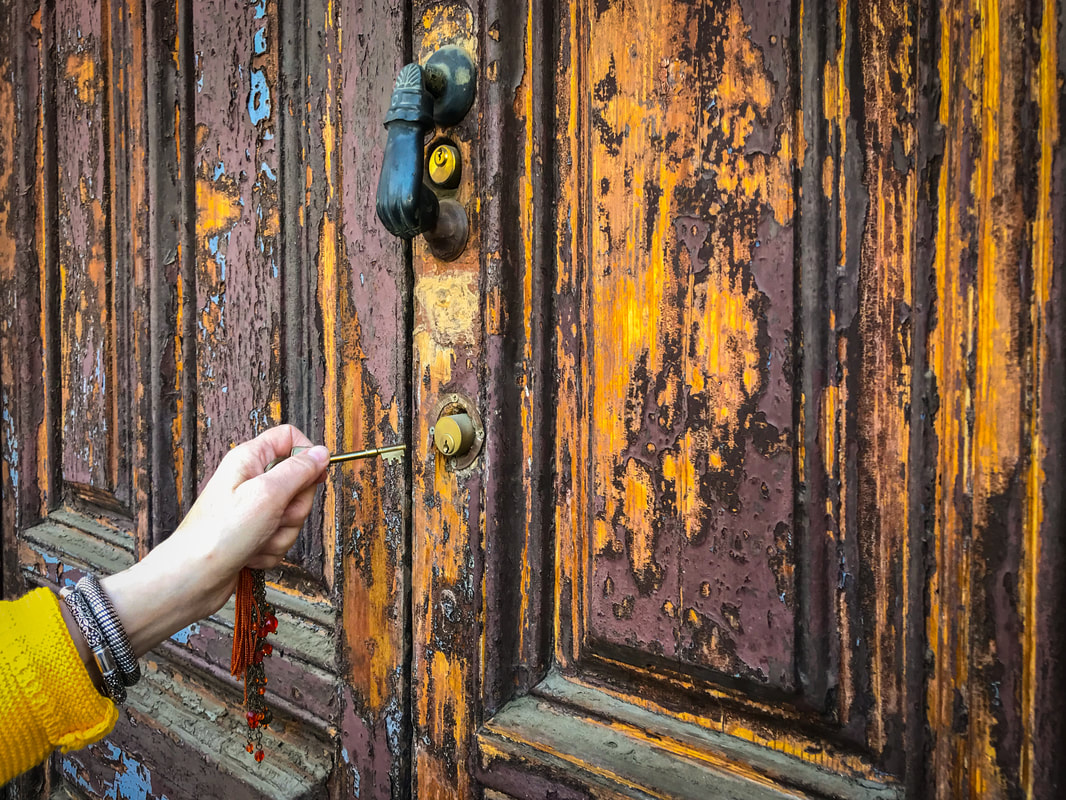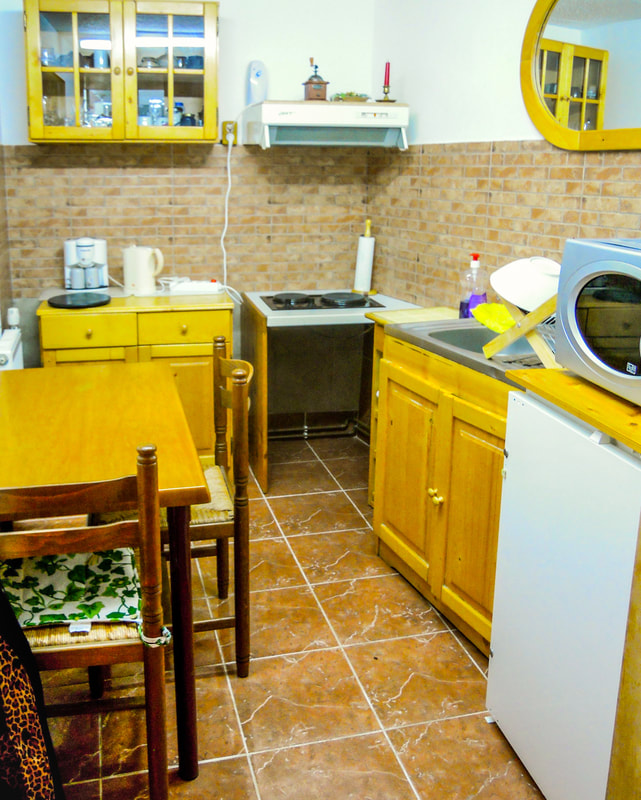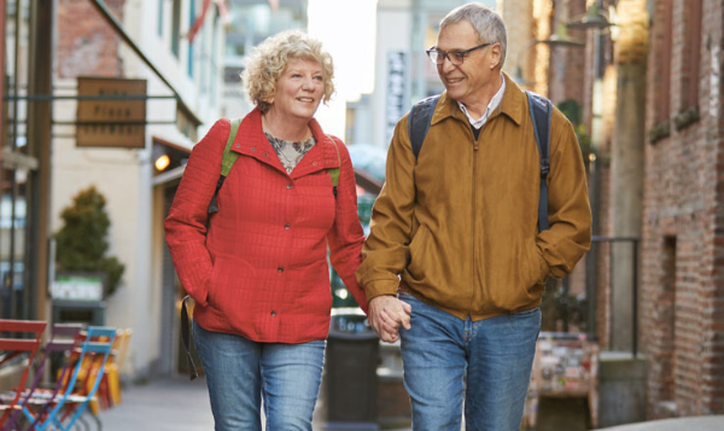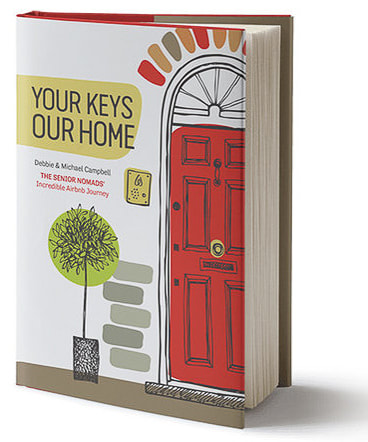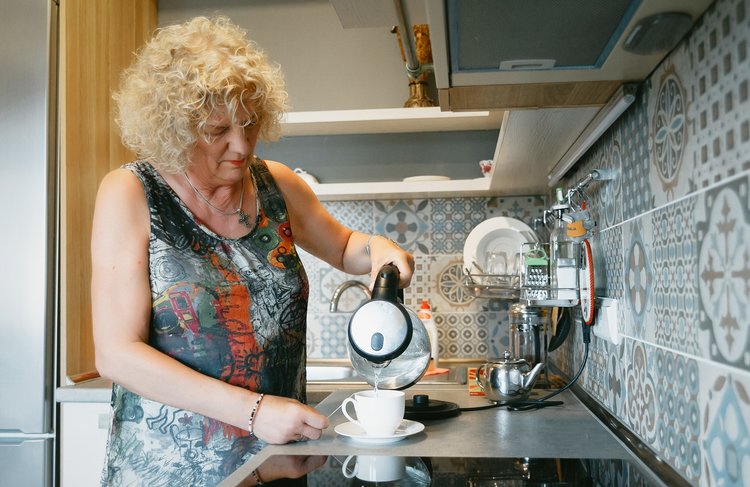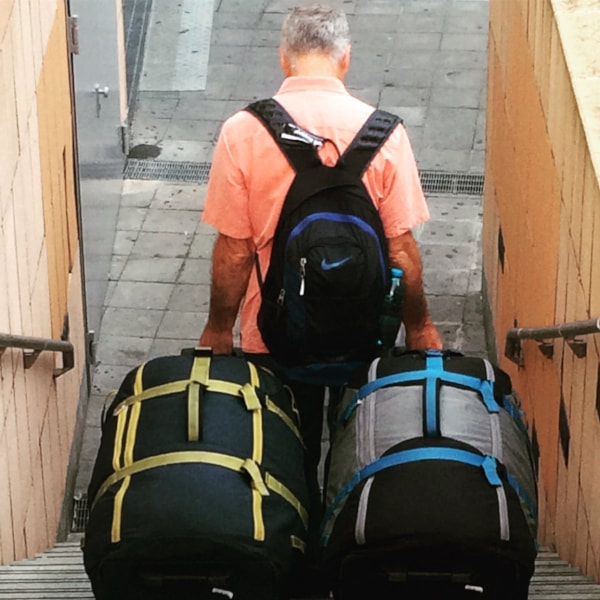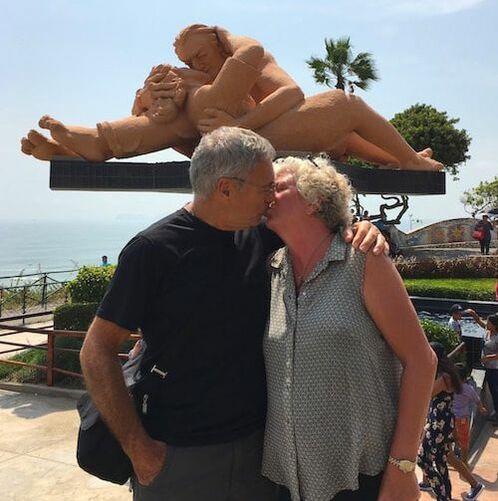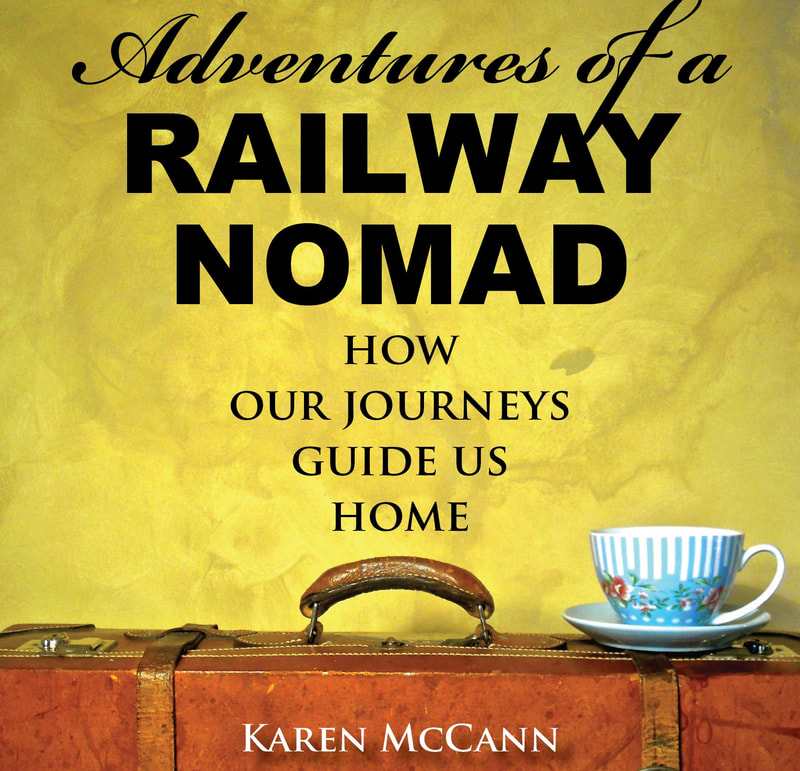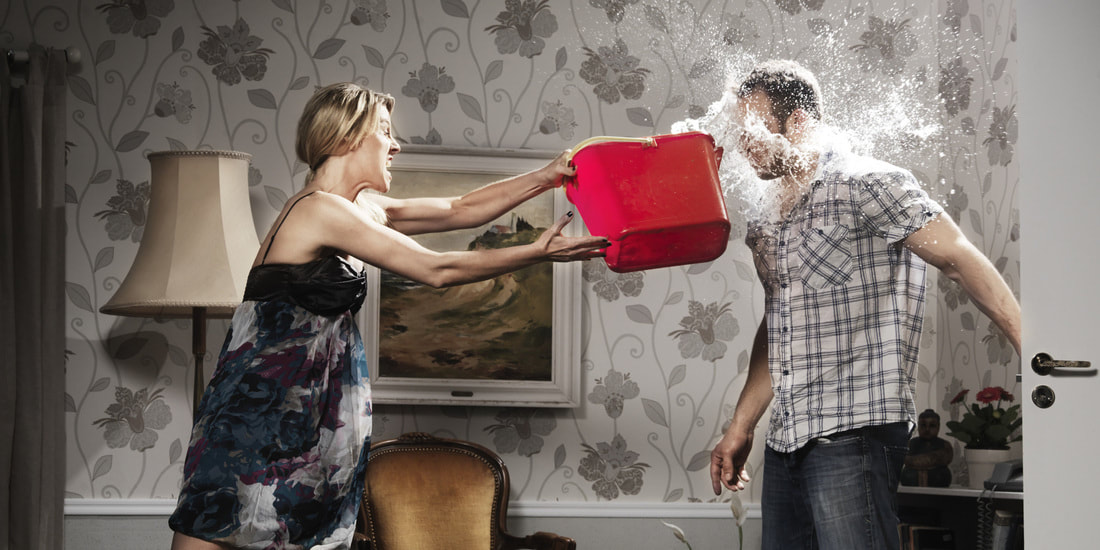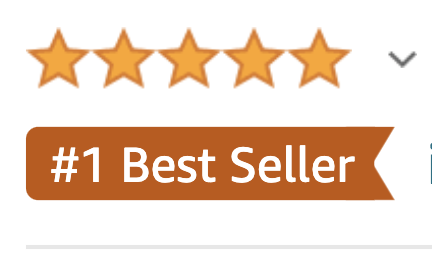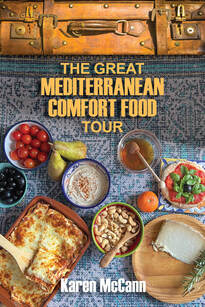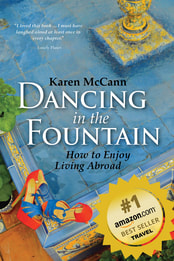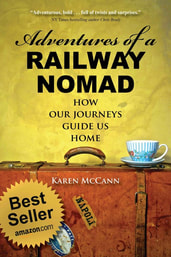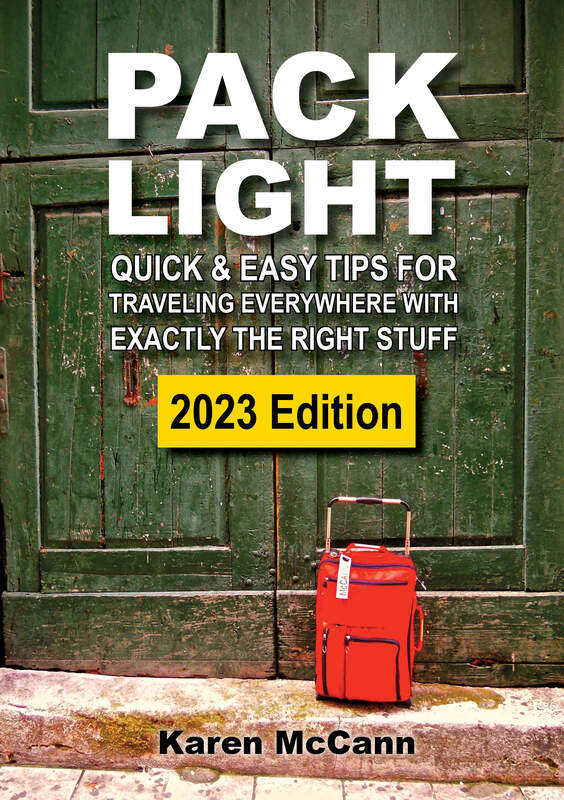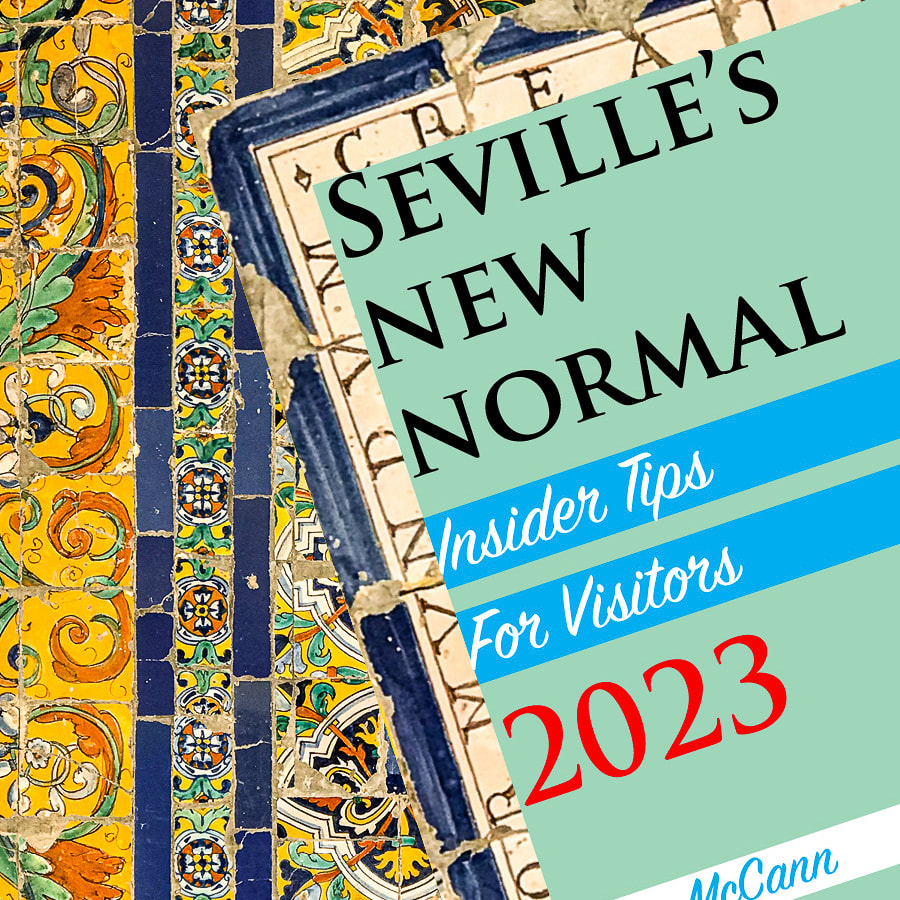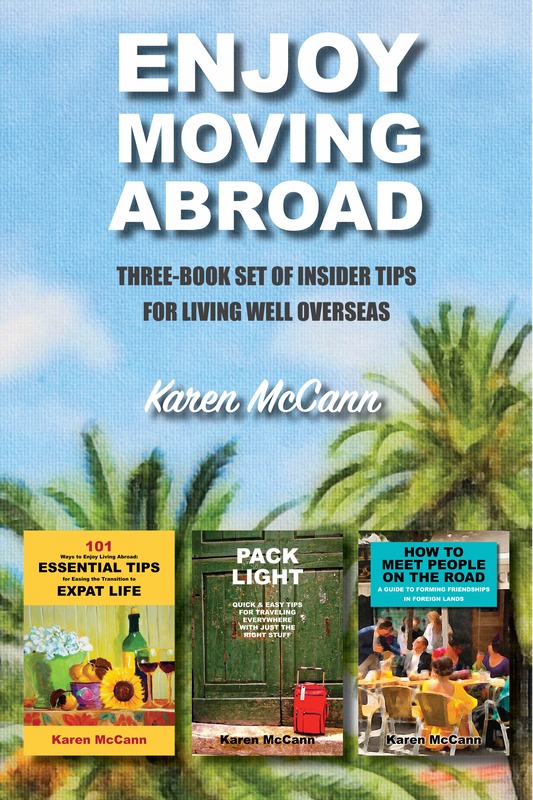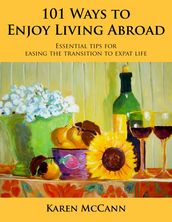|
“I have learned my lesson,” I said to Rich. “I am never, ever going to tell another person that I’m a travel writer and we’re on a food tour.” Three hours earlier, we’d arrived in Heraklion, Crete, and as soon as they’d handed over the keys, our Airbnb hosts, Marina and Alex, suggested we all go out for dinner. Twenty minutes later we were ensconced at a table in a busy taverna, and Alex began ordering: fried zucchini, mashed fava beans, salad, wine, and then the seafood for which the city is famous: grilled dorado, fried calamari, and tiny breaded sardines. And of course more wine. Near midnight, as the customary complementary desserts and raki (brandy) hit the table, Alex leaned forward and said, “But if you are writing about food you must try our lamb. I know a village…” He rolled his eyes heavenward in appreciation of the extraordinary — legendary — culinary magic performed in this humble hamlet. “We will all go tomorrow.” In a haze of wine-induced bonhomie, we accepted with alacrity. But later, as we climbed heavily into bed, Rich said, “If we keep eating like this, I’m going to have a heart attack before we get to Athens.” “Don’t be silly. Tomorrow won’t be like this. We were eating low on the food chain tonight. In the village, they will be serving lamb like there’s no tomorrow. Because starting Monday, nobody’s getting any meat for a week.” Here in Greece, where Easter is celebrated a week later in accord with the Orthodox calendar, fasting is meant to run the full 40 days of Lent. But many don’t start until the final week before Easter, when olive oil joins the prohibited list. On the eve of such profound privation, we could only imagine what kind of excesses the village chefs might get up to. Rich just groaned and got up to find the Pepto Bismol. Luckily for our arteries, our livers, and our Pepto Bismol supply, the village lamb-eating expedition was scuttled by logistical complications. But we soon learned that everyone we met was as hospitable as Alex and equally as determined to assist us in our quest. For instance, on Monday we had the interesting cultural experience of going to a local clinic. Just before leaving Seville, Rich had undergone a very minor medical procedure and was advised to have the dressing changed daily by a professional. After corresponding for days with Heraklion’s best private clinic, Rich was greeted on arrival as an old friend and told to bypass the reception line and go directly to the office of Renia, head of the International Patient Department. Renia spent nearly half an hour with us, personally supervising the work of the physician, who turned out to be a neurosurgeon. During breaks in the action Renia asked about our plans while in Crete. We got all the way to the cashier before I let it slip that we were on a Mediterranean Comfort Food Tour. “But I know where you must go for the best fish in the city!” she exclaimed and ran upstairs to her office to fetch the card, blithely ignoring the fact this was holding up the payment process not only for us, but for everyone behind us in line. “I like her priorities,” said Rich. We could not have been treated more kindly or more professionally, but still, upon leaving the clinic, Rich and I felt in need of a restorative. We repaired to the first coffee house we saw, an old-school establishment run by a blonde woman with the kind of gravelly voice I always associate with actress Melina Mercouri. Our kind hostess fed us a snack of the ultimate comfort food of my childhood: grilled cheese sandwiches. Yum. Now, I know what you’re thinking: did these people ever do anything in Heraklion besides eat? Yes, we did manage to squeeze in a visit to the world-renowned Archeological Museum, filled with astonishing treasures. Many were from ancient Knossos, “Europe’s first city,” founded around 9000 years ago and said to contain the underground labyrinth King Minos built to corral his son, the Minotaur, who was half man, half bull. Naturally we visited the ruins of palace but could not discover a labyrinth, unless you count the convoluted network of pathways used to move visitors through the site. Everywhere we’ve gone, locals have treated us with true Greek xenia, the traditional generosity and courtesy shown to those who are far from home. On our second day in the city, noticing my hair had passed from frumpy to frightful, I stopped, more or less at random, at a small salon in the neighborhood. Niko and his sons, Vasili and Alex, took me under their collective wing for the next three hours. As Alex went to work on my color and performed miracles with conditioner, he asked me questions about America and Hollywood movies. When I mentioned the Exorcist, his father (who spoke no English but had seen the film) was drawn into the discussion. After I’d pantomimed Linda Blair’s head spinning around, Niko did the floating-above-the-bed scene, proving once again that horror — and laughter — really are universal languages. We headed directly from the salon to Mare, the restaurant Renia recommended. It turned out to be a large, upscale establishment on the waterfront, filled with beautiful people and instrumental interpretations of 1970s pop music. Not our usual scene, but hey, we were there, we were hungry, and we’d promised Renia to give it a try. “Thank God I just had my hair done,” I murmured to Rich as we sat down. I ordered shrimp and mussels with feta cheese and light mustard sauce. Rich opted for the grilled octopus with caramelized onions and locust bean cream. We both felt a small carafe of house white would round out the meal nicely. What arrived was one of the most astonishingly delicious meals in recent memory. Everything was perfectly prepared; the octopus was succulent, the shellfish fresh from the sea, the blend of feta cheese and mustard in the sauce was divine. Thick-cut rustic bread was thoughtfully provided for sopping up every last drop of sauce. As we leaned back, replete, and began thinking seriously about a siesta, the complementary desserts appeared on the table: red velvet cake with Argentinean cacao and a Cretan pie called sfakiani, a sort of cross between flan and cheesecake. They kindly provided a small carafe of ouzo, just to make sure we walked out in a blissful haze. The Greeks have the perfect word for this state: kefi, which refers to a state of contentment and joy that arises when a moment is so overwhelmingly enjoyable you are completely transported by it. They say it most often happens when the company is good and the conversation is engaging; I would add when the food is spectacularly comforting. It’s about a confluence of fulfilling pleasures. Kind of like our time in Heraklion. This morning we left Heraklion and headed west along the Cretan coast to the city of Chiana. I’m hot on the trail of a dish of the snails served during the last week of Lent. Apparently snails are not classified as meat and can be consumed this week without committing any kind of sin. I say amen to that! We have much to look forward to, in other parts of the island and beyond. Thanks for joining us on these first steps in the long journey that lies ahead. LEARN MORE ABOUT OUR MEDITERRANEAN COMFORT FOOD TOUR. SIGN UP TO RECEIVE UPDATES AS WE GO. AND SEND US YOUR COMMENTS BELOW!
24 Comments
“Good grief, what happened here?!?” I stared aghast at what remained of my gray cardigan, recently purchased for our upcoming trip and washed for the first — and last — time. I’d scrupulously followed the instructions on the label, yet the once-long, flowing garment was now short and boxy, with arms that would be snug on a ten-year-old. As directed, I attempted to “reshape and dry flat,” but after every tug, the cardigan simply sprang back into its preferred chunky-child size. I could almost hear it snickering at my futile efforts. When you’re living out of a single small suitcase for months at a time, every garment has to pull its weight, fitting over and under various other layers. Tight clothes are impractical, and that goes double for us at the moment, when we’re about to depart on Our Mediterranean Comfort Food Tour. Serious eating will be taking place, and while I’m hoping my weight won’t skyrocket, I doubt that my arms are going to shrink back to the size they were in fourth grade. RIP gray sweater. Whenever Rich and I set out on one of our big journeys, such as the one that inspired my book Adventures of a Railway Nomad, our Luggage-Free experiment, or Our Most Unplanned, Disorganized Trip Ever, people ask me all sorts of questions about what we're taking along. So let me start by saying that we’re not going luggage-free this time; for months on the road, I like a few more creature comforts than I can fit in my pockets. But I am keeping baggage to a minimum: just a single small roll-aboard, plus a roomy shoulder purse, mainly for sweaters, maps, and water bottles. I keep valuables zipped safely inside my travel vest. Rich and I take the same amount of luggage whether we’re going away for the weekend or many months. We pack a few changes of clothes, a spare pair of shoes, a rain jacket, loose trousers for sleeping and yoga, basic toiletries, and essential electronics. We’ll do laundry frequently (although not every night, as we do with luggage-free travel) so we don't need tons of clothes. Comfort is the top priority, although we maintain what we hope is a reasonable level of stylishness as well. For Rich, this always means choosing a signature hat for the trip. Fedoras and Panamas are an integral part of his personal style, and a month ago, he began scouring Seville’s hat shops in search of something new. As we strolled around from shop to shop, Rich and I discussed a riveting show we’d just watched called Minimalism: A Documentary on the Important Things. “So much of our lives are lived in a fog of habitual behavior,” says author Dan Harris in the film, against a background of Black Friday madness. “We spend so much time on the hunt, and nothing really does it for us.” Later Shannon Whitehead comments, “The status quo in the fashion industry right now is driven by fast fashion. Maybe when our moms were shopping for clothes, or our grandmothers, there were four season a year…Now we work in a cycle of 52 seasons per year. They want you to feel like you’re out of trend after one week so that you will buy something new.” “Can you believe it?” I said. “They’re trying to manipulate us into buying stuff we don’t really need.” And then the irony struck us. “What would you think if I took my old coffee-colored straw hat?” Rich asked. “Works for me.” So the question of Rich’s hat has been settled. As for me, the most vital issue is always, “What's going on my feet?” As for my clothing, I am bringing a variety of garments in neutral blacks, grays, and whites, with some summery blues and greens, and a pair of wine-colored trousers for a pop of color. By far the heaviest things I carry are my electronics, toiletries, and prescription meds. Beyond that, I will be tucking in miscellanies, such as a sleep mask, spare eyeglasses, socks, and underwear, but I suspect that you are already familiar with such items and don’t need detailed instructions from me regarding how to pack them. If you do want to get down into the deep details, I have a Packing page on this website, where you’ll find such articles as Packing Extra Light, How to Choose Great Travel Clothes, Rich’s World Famous First Aid Kit, and much more. The best way to pack light is to remember that you don’t have to prepare for every single contingency that might conceivably arise. If the president of Albania invites us to a black tie gala, or we get tickets to a Rolling Stones concert and feel edgier attire is required, we’ll have the fun of shopping for it on the spot. I’ve learned that just when I start thinking I should have packed a sun hat, some enterprising local is standing there offering an armload of Panama knockoffs. Yes, I’m still bitter about the gray cardigan, and when I get back to the States a major department store has some ‘splanin’ to do. But I have no doubt that somewhere along the route, a perfect replacement is just waiting for me. I look forward to making its acquaintance, and have vowed not to wash it until the trip is over. Do you have any great packing tips or luggage disasters to share? I'd love to hear them! YOU MIGHT ALSO ENJOY Every once in a while, my husband has an idea so brilliant it’s breathtaking. “Let’s move to Spain for a year,” was one; and 14 years later we’re still here in Seville. “Why not try travel without any luggage at all?” was another, and although it took him 20 years to convince me to give it a go, he was right, it was amazing. And last April, he did it again. We were sitting in a café, floating possibilities for our next multi-month railway journey. Our short list included Greece, the Balkans, and various regions along the Adriatic coast we had yet to explore. Out of nowhere Rich said, “Have you noticed that every time you write about food, your readers love it? What if we made that the theme of the trip? Everybody likes Mediterranean food, right?” And just like that, the trip took shape in my mind. “We’ll call it the Mediterranean Comfort Food Tour,” I said. “Travel by train and ferry around the Mediterranean rim, sampling some of the world’s best cooking in its native habitat.” “I’m in!” “We’ll explore local culture through the cuisine,” I went on. “Food always has an interesting backstory, one that tells you a lot about the people who eat it.” “You had me at comfort food,” said Rich. As you can imagine, just about everyone we know has suggestions about the itinerary. “You’ll be going to Istria, of course,” a friend said to me. “Where?” She looked at me pityingly. “Northern Croatia’s truffle country.” Did I even know they had truffles in Croatia? She went on, “There’s a little restaurant, it’s not easy to get to, but the food ….” She trailed off, rolling her eyes heavenward in blissful memory. Rich said, “Make a note of that one!” Lots of people ask what we mean by comfort food. To me — and to Miriam-Webster’s dictionary — it’s “food prepared in a traditional style having a usually nostalgic or sentimental appeal.” It’s the stuff that makes you feel warm and cozy, well-fed and nurtured: your mom’s chicken soup, the homemade cookies grandpa always brought to holiday dinners, your favorite take-out for stay-home movie nights. The warm, fuzzy, feel-good sensation is universal, but the specifics vary wildly. For instance, in the UK, Australia, and New Zealand, marmite (a sticky, dark brown, salty food paste) is happily smeared on toast in millions of homes, a fact that’s incomprehensible to those of us not raised on the stuff. Elvis Presley lived on grilled peanut butter and banana sandwiches. Sofia Loren attributed her famous figure to spaghetti, noting it “can be eaten most successfully if you inhale it like a vacuum cleaner.” Some take a darker view of comfort food, defining it as harmful substances we binge on when life becomes so unbearable the only way we can cope is to abuse our bodies. As one Huffington Post article put it, in what I consider the most revolting metaphor of the year, “it’s a dietary bandage we’ve all used.” Yuck, no! The author goes on to say, “In the U.S. we understand that when someone is stuffing their face with French fries and doughnuts it’s a signifier for, ‘I’m overwhelmed, please avoid eye contact.’” And this, I think, underscores the difference between American and European attitudes toward food. Just last night I was with European friends, and we all dived happily into a plate of perfectly prepared fried potatoes, commenting with pleasure on the delightful flavor and texture. Living in Spain, I have learned to regard food as a friend, not an enemy, a science experiment, or a test of my willpower. “I assume all the clothes you’re packing will have elastic waistbands,” a friend commented. Rich said cheerfully, “We expect to double our body weight.” “And we’ll be so contented we won’t care,” I added. But the fact is, I don’t really expect I’ll gain much weight. Our plan is not to eat more food than usual, just to choose different kinds based on their meaning in the local culture. And of course, not all traditional comfort food is fattening. We recently had lunch with a friend who hails from Crete, not far from the remains of Knossos, “Europe’s oldest city,” which we'd decided was the logical jumping-off place for our trip. As he spread a map of Crete on the table, I asked him, “What comfort foods are popular around there?” A smile lit up his face. “Hohli bourbouristi.” Huh? “Snails cooked in rosemary,” he explained. “Look, there is a recipe on the back of the map.” He flipped it over to show a photo of glistening snails, three recipes, and general culinary advice for visitors. “Great map,” I commented. “Where did you get it?” He grinned. “At McDonald’s.” I like a plate of snails now and then, and while I can safely say that I won’t eat enough of them to double my body weight, I am happy to have the recipe. In fact, one of my goals for the trip is to post recipes for as many comfort foods as possible. I’ve been making lists of local specialties I'll seek out: Greek yogurt with honey and walnuts, Kalamata olives, feta cheese, those Croatian truffles, tiramisu, prosciutto, Prosecco, croissants… And while I would love to promise I’ll be sharing closely guarded culinary secrets learned directly from master chefs and ancient grandmothers, I suspect many recipes I post will be from online resources. I’ve set up a page on this website called “Comfort Recipes” where I’ll post recipes of foods we try on the journey, plus Comfort Food to Cook on the Road, dishes whose preparation requires few ingredients and the kind of basic utensils you'd find in a rental apartment kitchen. If there's an oven in our Airbnb, I'll likely be making Three-Ingredient Brownies. Can you guess what’s in them? Nope, that’s not it. Not that, either. OK, I’ll spill: bananas, crunchy almond butter (I use crunchy peanut butter instead), and unsweetened cocoa. It's the perfect finish to a meal of Smoked Salmon Pasta Cooked in a Skillet, especially on nights we want to kick back in our home away from home. Rich and I keep rearranging the itinerary as we discover intriguing new fare: North Macedonia’s tavče gravče, Croatia’s crni rizot, and Slovenia’s potatoes, said to be so good that locals indicate you’re lucky by commenting, “Well, you really have some potatoes!” One restaurant that Rich has been talking about for years is Albania’s Ali Kali, where the owner brings your grilled fish to the table riding on the back of a trick horse. Yes, presentation really is everything! I’ve mentioned Ali Kali to many people, and not all of them share Rich’s enthusiasm. Some consider it dubious on many levels, starting with taste, hygiene, and whether it’s OK to teach animals to perform tricks. But I have learned to trust Rich’s “sniffer,” his nose for special experiences, especially those involving food. So while we expect our route to change many times as our whimsy takes us through Europe, the Ali Kali is a fixed star on our horizon. We leave April 20 and expect to be back in Spain somewhere around August-ish. Don't miss a single comfort food adventure! YOU MIGHT ALSO ENJOY “I’m trying Airbnb for the first time,” a friend confided recently. “But I’m just not sure what it’ll be like staying in someone’s home, sharing their space — let’s be honest, sharing their bathroom with them.” “You do know you can rent whole apartments,” I said. “Have the entire place to yourself. That’s what we always do.” “Really?!?” Newcomers to the Airbnb world sometimes arrive thinking the whole point is to bond with super-cool hosts. That’s wonderful when it happens (yes, I’m thinking of you, Erge and Martin), but to me, the major draw is the accommodations themselves. You can rent whole houses, boats, even (I've heard) castles. We don't aim that high, but the places we stay have character and creature comforts — sometimes delivered in unexpected ways. Take our stay in Braşov, Transylvania. The online photos looked inviting. Walking into it, I said to Rich, “Yikes! We’ve rented Harry Potter’s bedroom under the stairs.” Aside from a tiny lavatory, there were two rooms: one entirely filled by a double bed, the other a minuscule kitchen with a small table and two straight-backed chairs. However, it didn’t take long to appreciate the compact kitchen’s enormous advantages. “Look at this,” I said to Rich. “I can sit right here and do everything — write blog posts, watch movies on the computer, get a glass of water from the tap, pull something from the fridge, even do dishes — all without leaving this chair. Cozy and efficient. Ya gotta love it.” Over the years, we've stayed in 31 Airbnb apartments and have learned a lot about navigating the options. But we are total rookies compared to retirees Debbie and Michael Campbell, aka the Senior Nomads, who have been on the road since 2013 and are currently in their 212th Airbnb home. What was it like to be a nomad? I wondered. What had they learned? I decided to ask them. Why did you become nomads? Michael: Debbie had said for some time, “We have one more adventure in us!” And that is saying something, since we have been fortunate to have had a life full of interesting endeavors. Debbie: Then our daughter Mary, who lives in Paris with her young family, asked us if we’d ever heard of Airbnb. We had not. She suggested it might be possible for us to travel full-time as a way of retired living. We were convinced she thought we had way more money than we did. But in fact, after doing some initial budgets based on selling absolutely everything we owned, we realized that yes, for about the same amount we’d spend if we’d retired in Seattle, we could live our daily lives in other people’s homes around the world! Within six months of Mary’s visit, we had sold our worldly goods (and eventually sold our home) and were heading to Paris. How long have you been traveling? Debbie: We’ve been on the road as Senior Nomads (as we call ourselves) for almost six years! Since we left in July of 2013, we’ve visited 6 continents, 82 countries and 275 cities, and we don’t see ourselves stopping any time soon. Michael: In fact, when we are asked how long we will continue this lifestyle, our answer is “As long as we are learning every day, having fun, close to our budget, healthy, and still in love, we’ll keep going.” So far, so good! How many Airbnbs have you stayed in? Michael: We are currently in Santiago, Chile in our 212th Airbnb. When we are not in an Airbnb we stay with friends or family, and have found a reliable house-sitting situation we use when we return “home” to Seattle each year for the holidays.
What are the biggest challenges of the lifestyle? Debbie: Travel fatigue. Sometimes we spend an entire day, and I am talking 20 hours, getting from one place to another on multiple forms of transportation. That means managing our luggage on-and-off and in-and-out of various vehicles, and once we arrive either hauling it up more stairs than we anticipated, or taking two trips in tiny elevators. But once we are settled in, it all becomes worth it. And, since we are not on vacation, we have the luxury of not being in a hurry the next day. How much luggage do you take? Michael: Our mantra is “If you can’t eat it, drink it, get somewhere on it, or attend it, don’t spend money on it.” Debbie: We lug two large rolling-duffle suitcases and we fill them to the brim at 23 kilos each — which is usually the weight limit on the airlines we use. I am sure we overpack, but since we are on the road for almost a year at a time we include some creature comforts including our personal bed pillows. We try to never be over the weight limit — so if we buy new shoes, an old pair has to go! Besides our two workhorse suitcases, we each carry a day pack, and I have a “Mary Poppins” style purse that expands to hold whatever still needs tucking away. Do you miss family and friends? Debbie: Of course, but we are constantly making new friends as we go. That’s why, for us it is important to meet our Airbnb hosts. We consider them our “friend in the next city”. We count on them to help us live as locally as possible — and we usually end up socializing with them as well. Michael: We have four grown children and five grandchildren, and we are frequently in touch via Facetime or Skype. We also visit Mary and her family in France often and see the others when we are in the US. What are some tips for traveling with your spouse? Debbie: First of all, don’t try this with anyone but your best friend! After that, patience, flexibility and a willingness to “let the little things go” become the keys to success. That, and some alone time that might include being apart for a day. Michael: We have been married for 40 years, so we know each other pretty well. But as it is for most married couples, we were busy with careers and raising kids and didn’t spend every minute together, and sometimes we were at cross purposes. But since we began this journey, I think we are “rowing the boat in the same direction— like an Olympic crew team, we are in sync with a common goal in mind. What life lessons have you learned from being on the road so long? Michael: We’ve exchanged things for experiences. So as long as we are safe and sheltered, we can say we are “home” wherever we are. That allows us to live in the moment and become more tolerant, open-minded, curious and — maybe best of all — empathic. By that I mean we acknowledge there are many ways of approaching life, and especially as Americans, we don’t have all the answers to what is the right way. Debbie: I have learned the freedom that comes with owning next to nothing, and the joy of slowing down. Do you enjoy traveling with next to nothing? Have you stayed in a memorable Airbnb — or other rental? Tell me about your experiences. Any tips to pass along? YOU MIGHT ALSO ENJOY |
This blog is a promotion-free zone.
As my regular readers know, I never get free or discounted goods or services for mentioning anything on this blog (or anywhere else). I only write about things I find interesting and/or useful. I'm an American travel writer living in California and Seville, Spain. I travel the world seeking eccentric people, quirky places, and outrageously delicious food so I can have the fun of writing about them here.
My current project is OUT TO LUNCH IN SAN FRANCISCO. Don't miss out! SIGN UP HERE to be notified when I publish new posts. Planning a trip?
Use the search box below to find out about other places I've written about. Winner of the 2023 Firebird Book Award for Travel
#1 Amazon Bestseller in Tourist Destinations, Travel Tips, Gastronomy Essays, and Senior Travel
BLOG ARCHIVES
July 2024
CATEGORIES
All
|
